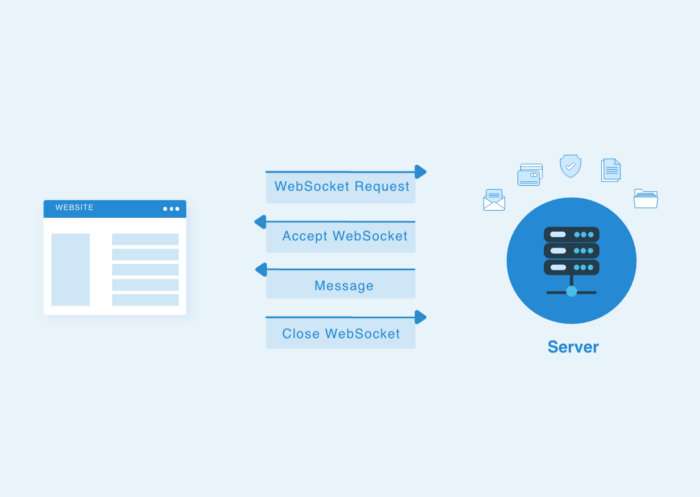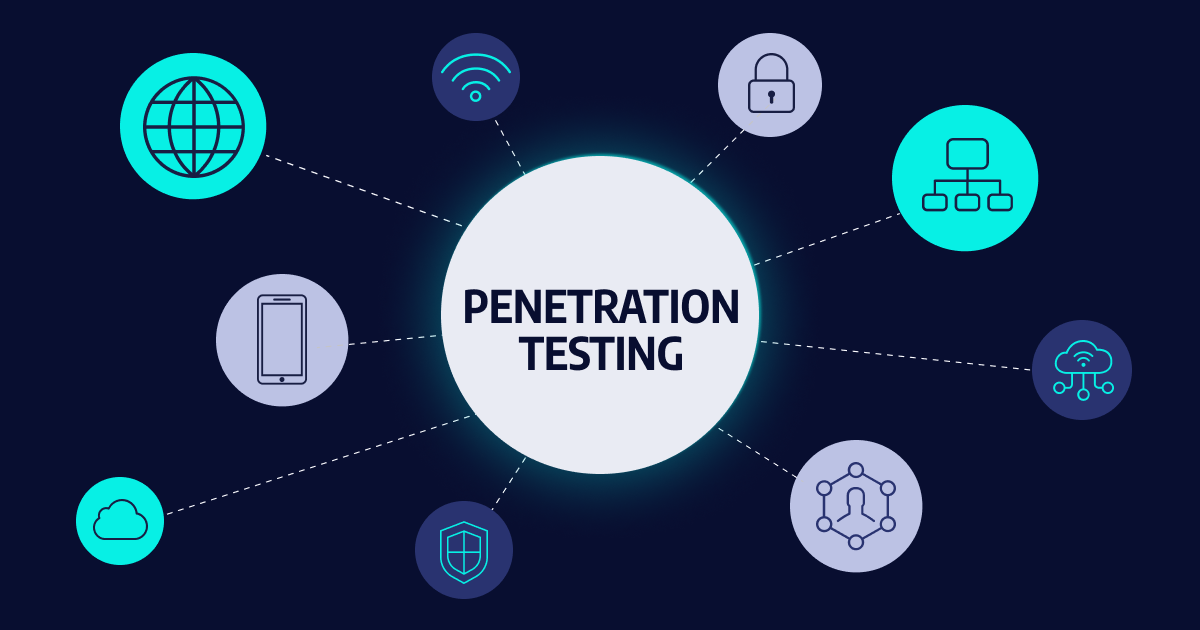
In recent years, remote work has become increasingly popular among businesses and employees alike. With the COVID-19 pandemic forcing many companies to transition to remote work, the trend has only accelerated. While remote work offers numerous benefits, it also presents new security challenges for businesses.
Remote work can make it more difficult for businesses to maintain the same level of security they would have in a traditional office environment. Remote employees may use their own devices or work from unsecured networks, which can increase the risk of a cyberattack. In this article, we will explore best practices for securing your remote workforce to help mitigate these risks.
1. Implement a robust VPN solution
A virtual private network (VPN) is an essential tool for securing remote work. A VPN encrypts internet traffic and ensures that data is transmitted securely between the remote worker's device and the company's network. This can help protect against eavesdropping and other forms of interception.
When selecting a VPN solution, it's important to choose one that is reliable and easy to use. Additionally, businesses should consider implementing multi-factor authentication to add an extra layer of security.
2. Require strong passwords and implement two-factor authentication
Passwords are a critical component of any security strategy, and this is particularly true for remote work. Remote employees should be required to use strong, unique passwords for all accounts, and businesses should consider implementing two-factor authentication to add an extra layer of security.
Two-factor authentication requires users to provide two forms of identification to access an account, such as a password and a code sent to a mobile device. This can help protect against unauthorized access and reduce the risk of a data breach.
3. Educate employees on security best practices
One of the biggest security risks for businesses is employee error. Remote employees may not be as familiar with security best practices as those who work in a traditional office environment, which can increase the risk of a cyberattack.
To mitigate this risk, businesses should provide remote employees with regular training on security best practices. This can include information on how to identify phishing emails, how to securely store and transmit data, and how to use VPNs and other security tools.
4. Use cloud-based security solutions
Cloud-based security solutions can help businesses secure their remote workforce more effectively. Cloud-based security solutions can be accessed from anywhere, making them ideal for remote work, and can help protect against a variety of threats, including malware, phishing, and other forms of cyberattack.
When selecting a cloud-based security solution, businesses should consider factors such as reliability, ease of use, and cost. Additionally, businesses should ensure that the solution is compatible with their existing security infrastructure.
5. Implement network segmentation
Network segmentation is the practice of dividing a network into smaller segments to improve security. By segmenting a network, businesses can reduce the risk of a cyberattack spreading from one area of the network to another.
When implementing network segmentation, businesses should consider factors such as the sensitivity of the data being transmitted and the level of access required by remote workers. Additionally, businesses should ensure that remote workers are only granted access to the areas of the network they need to perform their job functions.
6. Regularly update security software and hardware
Keeping security software and hardware up-to-date is essential for securing a remote workforce. This includes updating firewalls, antivirus software, and other security tools to ensure that they are able to protect against the latest threats.
Additionally, businesses should consider implementing automatic updates to ensure that security software and hardware are always up-to-date. This can help reduce the risk of a cyberattack and ensure that remote employees are protected against the latest threats.
7. Develop a comprehensive incident response plan
Even with the best security measures in place, there is always the risk of a cyberattack. To prepare for this eventuality, businesses should develop a comprehensive
Conclusion
In conclusion, securing a remote workforce requires a proactive and holistic approach that involves implementing various security measures and policies. With the increase in remote workforces, cyber threats are on the rise and have become more sophisticated, making it imperative for organizations to prioritize security. By following the best practices outlined in this article, organizations can secure their remote workforce and minimize the risks of cyber attacks, data breaches, and other security incidents. The key is to remain vigilant, stay up-to-date with the latest security trends and technologies, and maintain open communication with remote employees to ensure they are aware of their role in maintaining a secure work environment.





